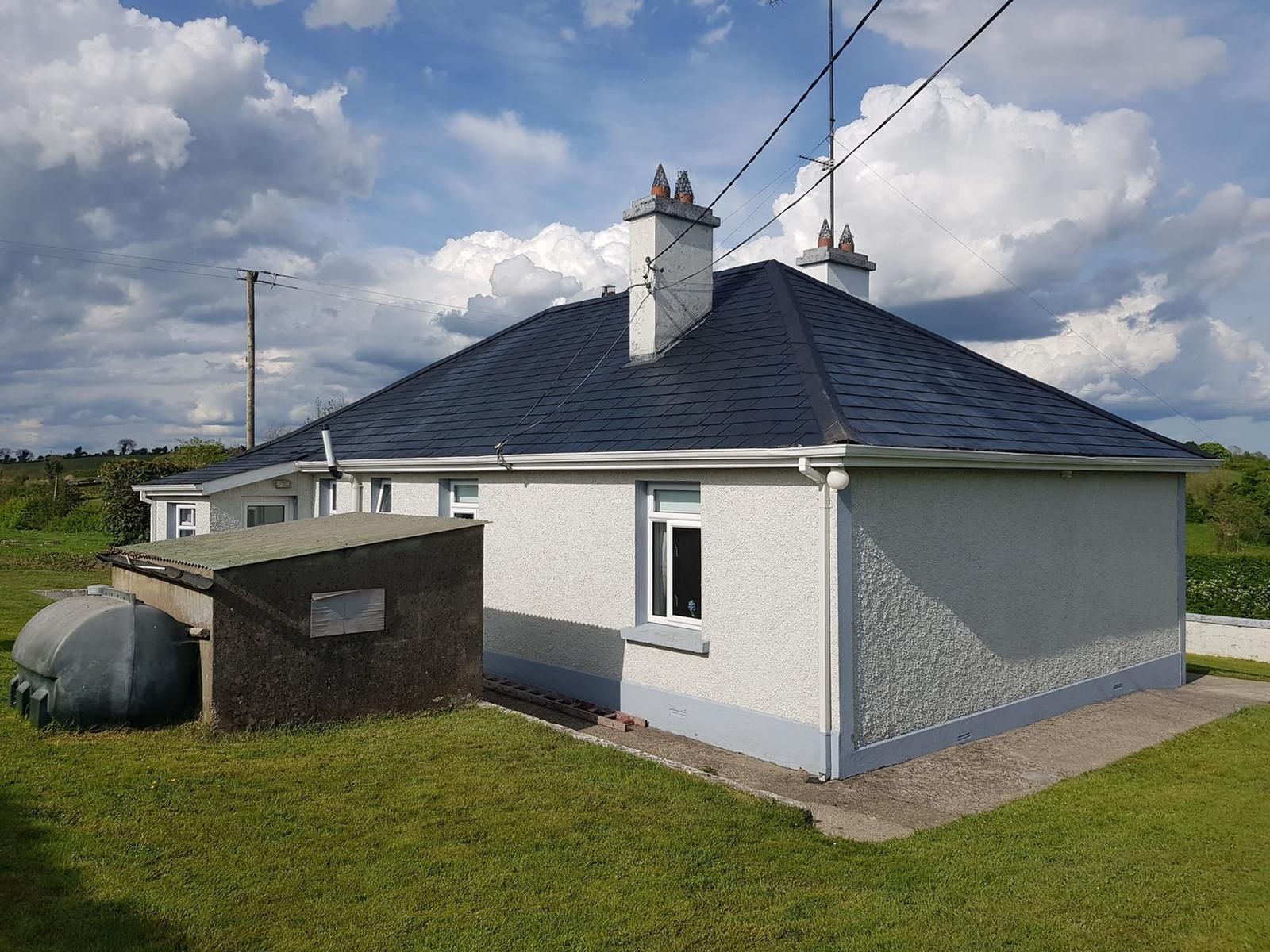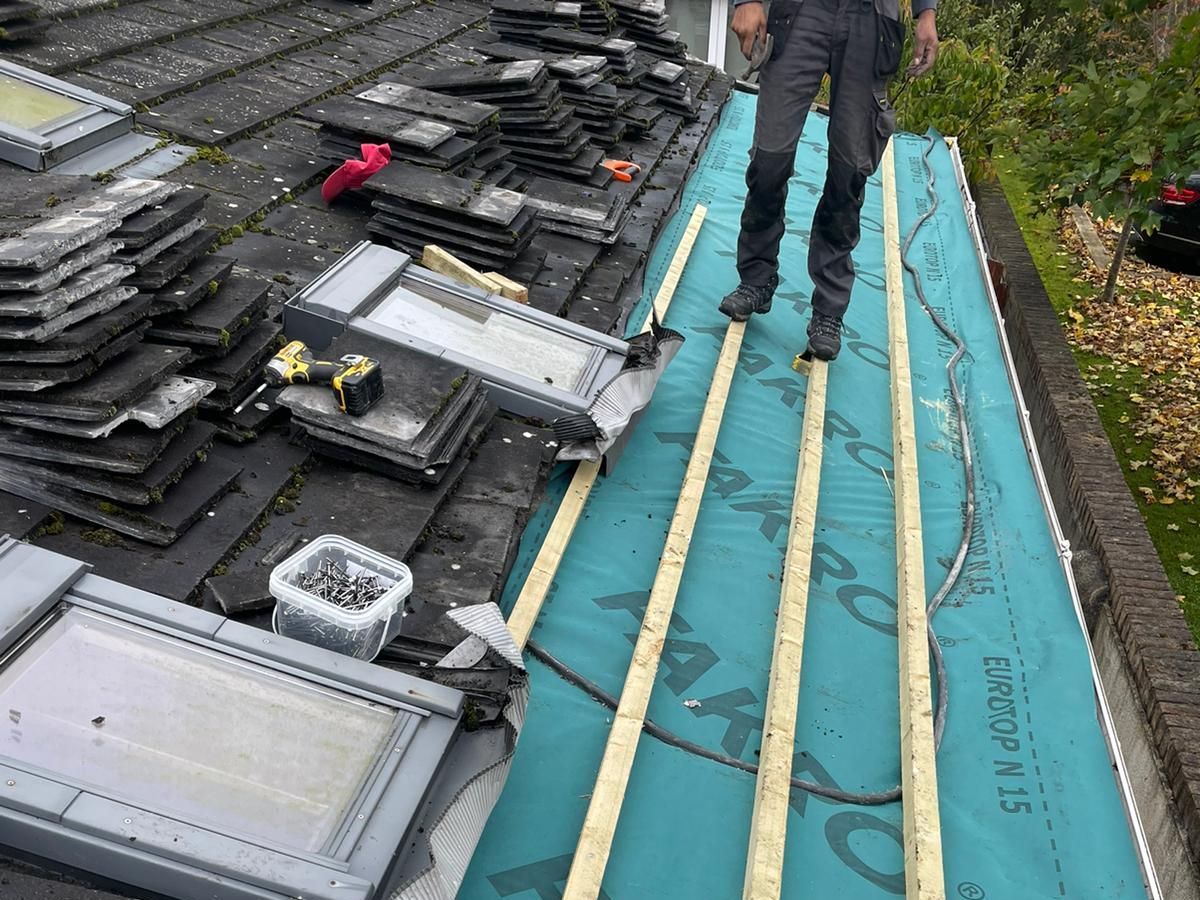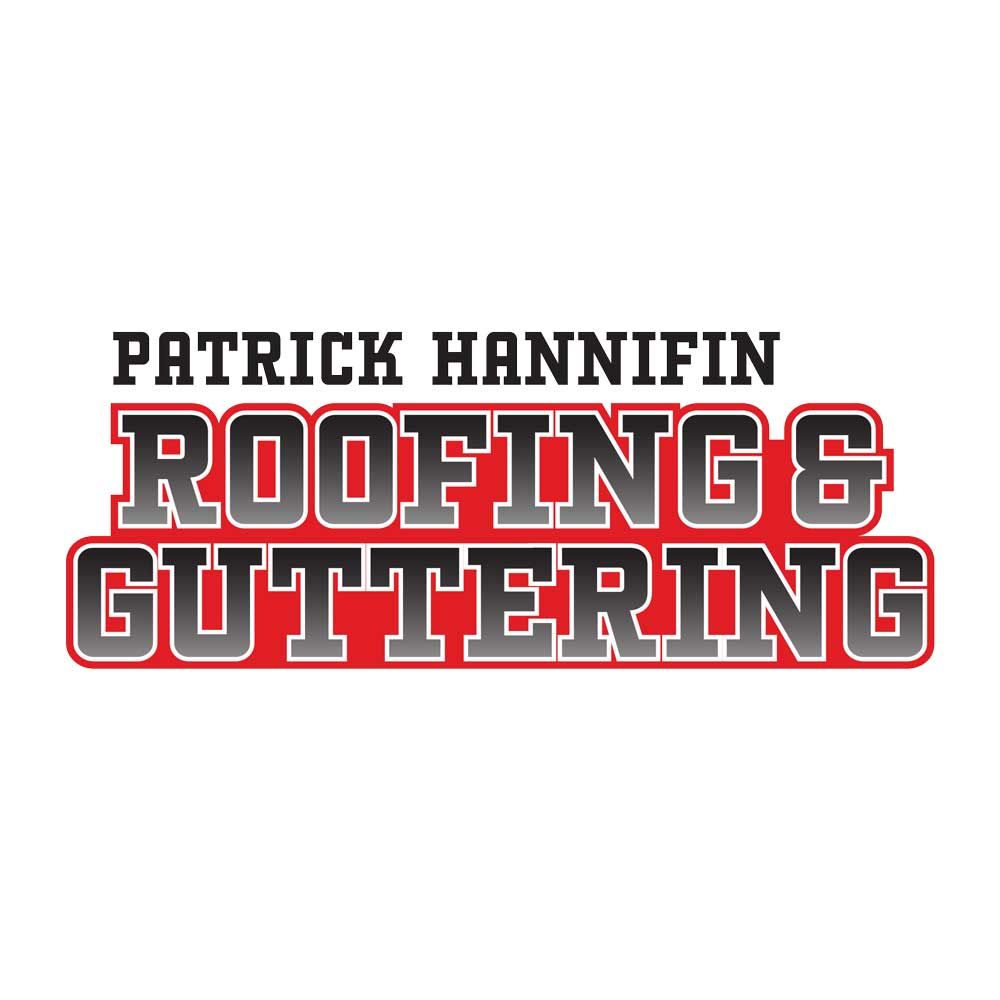How Chimney Repairs and Repointing Can Protect Your Home

Chimneys are often overlooked when it comes to roofing maintenance, but they play a vital role in your home’s structure and safety. From keeping your fireplace functional to helping ventilate your property, chimneys are more than decorative features. In Ireland, where chimneys are exposed to strong winds, heavy rain, and freezing temperatures, wear and tear is inevitable over time.
Repointing and chimney repairs are essential for maintaining the integrity of your home. Without regular upkeep, a damaged chimney can lead to internal leaks, loose bricks, structural weakness, and even health risks due to poor ventilation.
One of the first signs that your chimney needs attention is the presence of water marks or damp patches near your fireplace or in your attic. This can be caused by cracked mortar joints or worn-out flashing, both of which allow water to seep in. If left untreated, the moisture can rot timber supports, damage plaster, and create a breeding ground for mould.
Repointing is a process that involves removing and replacing the old mortar between the bricks or stonework of your chimney. Over time, this mortar crumbles due to exposure to the elements, which weakens the structure and creates gaps for water to enter. A well-executed repointing job will restore the chimney’s strength and improve its resistance to weather.
Chimney cowls, pots, and lead flashing are also key elements to inspect. A missing or broken cowl can let in rain, birds, or debris, while faulty flashing can cause leaks around the base of the chimney. These issues may seem small at first but can escalate quickly if ignored.
At Patrick Hannifin Roofing, we offer comprehensive chimney repair services that include repointing, flashing replacement, lead work, cowl fitting, and even full chimney stack rebuilds where necessary. Our goal is to keep your chimney functioning safely and looking its best.
If you’ve noticed crumbling brickwork, loose pots, dampness around your fireplace, or debris falling into the hearth, it’s time to have your chimney inspected. Catching these problems early can save you from much larger repairs in future—and help preserve the structural integrity of your entire roofline.
How often should chimneys be repointed?
Typically every 25–30 years, depending on exposure and condition. However, regular inspections can identify problems earlier.
Can I use my fireplace if my chimney is damaged?
It’s best not to. Cracks or blockages in the chimney can cause smoke to enter the home or create a fire hazard.
What’s the cost of chimney repointing in Ireland?
Costs vary depending on the size and condition of the chimney. We provide free inspections and quotes.
Do you repair chimney flashing too?
Yes, we offer full chimney flashing replacement and repairs as part of our service.




